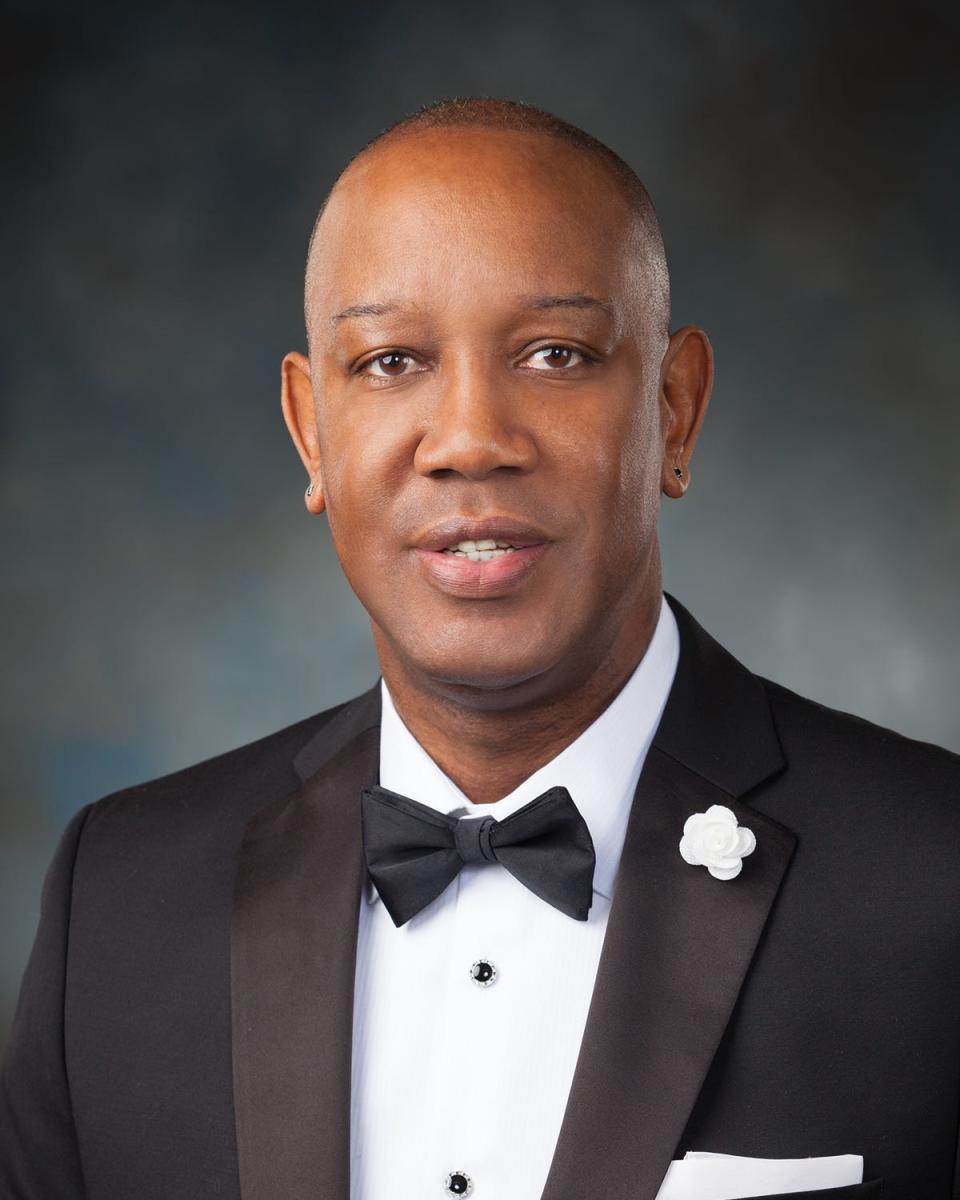Oklahoma still has an HIV/AIDS problem; Black residents disproportionately impacted
Editor's note: Dec. 1 is World AIDS Day, a day to reflect on all that has been done to end the HIV epidemic in Oklahoma and recommit to the work of AIDS and HIV testing, treatment and prevention. Also, it is a day to remember those lost.
Nearly 25 years ago, I founded Guiding Right Inc., a Black health organization in Oklahoma. At the time, I was facilitating after-school programs for middle and high school students and was encountering many Black students displaying challenging attitudes and behaviors. As part of my job, I conducted home visits, and I noticed that most of the students were being raised by their grandparents and other extended family members.
Later, I discovered that many of the parents were either HIV-positive or had been diagnosed with AIDS and were not receiving treatment and care. Many didn’t know what to do or where to seek assistance without the stigma that unfortunately comes along with the disease.
Guiding Right Inc. was born out of the overwhelming grief I witnessed among Black youths in our community. It became a bridge to link people who were sick and hurting with services they needed. I have always believed that if you can’t change the world, you can change the space you are in, one deed, one word, one person at a time. I have now been actively working to end the HIV epidemic in Oklahoma for nearly 25 years. It is my daily rallying cry. We have accomplished so much, but more work lies before us until HIV is no longer a public health threat.
Black Oklahomans are disproportionately impacted by HIV/AIDS. In fact, about 25 percent of Oklahomans living with HIV/AIDS are Black, even though Black residents make up less than 8 percent of the population. Moreover, rural Black Oklahomans are especially impacted. Oklahoma was recently identified as one of seven states in the United States with the highest rural burden of human immunodeficiency virus (HIV).
The age group most at risk for HIV/AIDS in Oklahoma is 20-29 years old, followed by 30-39. Sadly, the rate of new HIV infections and persons living with HIV/AIDS in Oklahoma has continued to grow every year since 1982. We are still living in the HIV/AIDS epidemic, which is why our work is paramount to Oklahoma’s public health.
Ultimately, it is imperative we end the stigma around HIV/AIDS and that people know where they can turn for help. Guiding Right Inc. and its recently created integrated health care entity New Hope Wellness Center provide ambulatory medical care to Black and Hispanic/Latinx individuals living with HIV residing in the western Oklahoma service area. There is no better day to join this cause than today.
Our mission is to decrease social, economic and health disparities for minority and other vulnerable populations within Oklahoma City’s Metropolitan Statistical Area (MSA) and Tulsa MSA. The vision of Guiding Right Inc. is to create self-sufficiency in navigating systems of care, social roles and economic achievement, while eliminating health disparities among all persons at risk.
We envision increasing the quality of life for all residents of Oklahoma by offering opportunities for youths and adults to acquire knowledge of surviving beyond poverty and circumstances.

Theodore H. Noel II, is founder, president and CEO of Guiding Right Inc.
This article originally appeared on Oklahoman: HIV/AIDS epidemic continues; Black Oklahomans disproportionately affected

